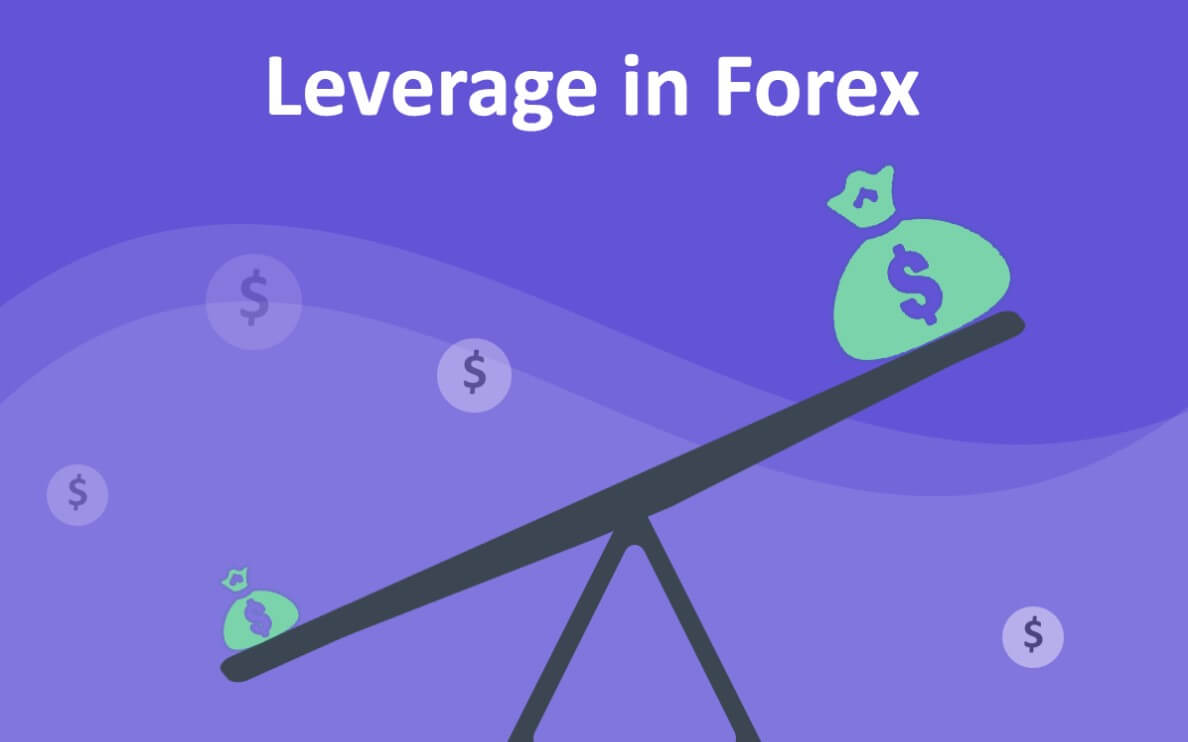What is Leverage in Forex? Forex Leverage Explained
Categories:
Forex Basics

Course Info
Curriculum
About Course
Many people are attracted to forex trading due to the amount of leverage that brokers provide. Leverage allows traders to gain more exposure in financial markets than what they are required to pay for. Traders of all levels should have a solid grasp of what forex leverage is and how to use it responsibly. This article explains forex leverage in depth, including how it differs to leverage in stocks, and the importance of risk management. 

WHAT…
Many people are attracted to forex trading due to the amount of leverage that brokers provide. Leverage allows traders to gain more exposure in financial markets than what they are required to pay for. Traders of all levels should have a solid grasp of what forex leverage is and how to use it responsibly. This article explains forex leverage in depth, including how it differs to leverage in stocks, and the importance of risk management.

The amount of forex leverage available to traders is usually made available through your broker and the amount of leverage will vary according to regulatory standards that preside in different regions.
Leverage in forex vs leverage in shares
Forex leverage differs to the amount of leverage that is offered when trading shares. This is due to the fact that the major FX pairs are liquid and typically exhibit less volatility than even the most frequently traded shares. As a result, hedging risk and getting in and out of trades is more manageable in the $5.1 trillion a day FX market.

WHAT IS LEVERAGE IN FOREX TRADING?
Leverage in forex is a useful financial tool that allows traders to increase their market exposure beyond the initial investment (deposit). This means a trader can enter a position for $10,000 worth of currency and only need $1000, in a ten-to-one leverage scenario. However, it is essential to know that gains AND losses are magnified with the use of leverage. In adverse market scenarios, a trader using leverage might even lose more money than they have as deposit. Leverage of ten-to-one means that traders can gain exposure to a notional value or trade size, ten times more than the deposit/margin that is required to fund the trade. This can be thought of in a similar fashion to putting a 10% deposit down on a house; you gain access to the entire house while only funding 10%of the full value. Leverage is usually expressed as a ratio:| LEVERAGE EXPRESSED IN WORDS | LEVERAGE EXPRESSED AS A RATIO |
|---|---|
| Ten-to-one | 10:1 |
| Thirty-to-one | 30:1 |
| Fifty-to-one | 50:1 |
HOW IS FOREX LEVERAGE CALCULATED?
Traders require the following to calculate leverage:- The notional value of the trade (trade size)
- The margin percentage
Equity = margin percentage x trade size
To calculate leverage, simply divide the trade size by the required equity.Leverage = trade size/ equity
FOREX LEVERAGE EXAMPLE
Below is a typical example of how to calculate leverage using the above formulas:- Trade size: 10 000 units of currency (one mini contract on USD/JPY with a trade size equal to $10 000)
- Margin percentage: 10%
Equity = margin percentage x trade size
0.1 x $10 000
=$1 000
Leverage = trade size/ equity
$10 000 / $1 000
= 10 times or 10:1
The example highlights the basics of how forex leverage is used when entering a trade. However, it must be noted that traders should not simply calculate the minimum amount needed to enter a trade and then fund the account with that exact amount. Traders must be mindful of margin calls if the position moves in the opposite direction, bringing the account equity below an acceptable level determined by the broker. Trading forex with leverage has the potential to produce large losses. We have calculated a typical scenario of how the use of excessive leverage can impact a trading account and tabulated the results.
 Start Trading Now
Start Trading Now 